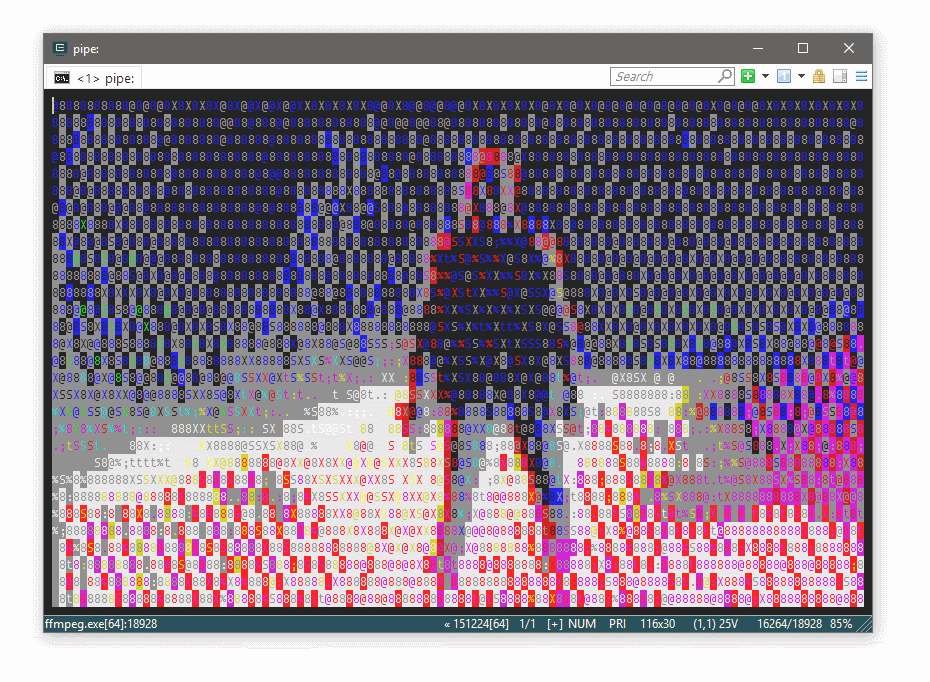

Note that GIF format supports only transparency (alpha bit – pixels can be fully transparent or fully opaque), not translucency (alpha channel – fine-grained transparency level). You can read more about that in the article about high-quality GIF encoding. Depending on the animation length, canvas size, and usage it may or may not be meaningful. However, multiple palettes consume additional storage space and time to decode. With separate palettes, we can have more colors in the whole file. For example, FFmpeg’s palettegen filter supports 3 different statistic modes.Įach GIF frame may have its own palette (if it does not then a global palette is used). There are a few ways to create such histograms. If all the frames can be stored (either in memory or in a format like a video file), we can first go through all of them, check which colors are used and how frequently (create histograms), and build an optimal palette(s). Image having only black and white pixels with dithering However, dithering introduces the illusion of greyscale. Note that an image consists of only completely black and completely white pixels. You can see an example in the picture below. Roughly speaking, it simulates intermediate colors by mixing more distinct ones.


There are a few ways to deal with that issue, some of them may be also combined. If we want to encode a frame that has more than 256 colors, we have to transform it somehow. Additionally, a frame may contain transparent pixels. That’s because a frame may have a smaller size than the whole canvas. The snapshot visible at the given moment of time may consist of multiple frames. The most significant issue is that a single GIF frame may contain up to 256 colors (including the transparent one if used). If you own a digital product, our Ebook will be a perfect resource for mastering the fundamentals of successful product delivery. Drive Your Product to Success – Free Guide for Digital Product OwnersĮven the best team can’t deliver a successful product without proper guidance.


 0 kommentar(er)
0 kommentar(er)
